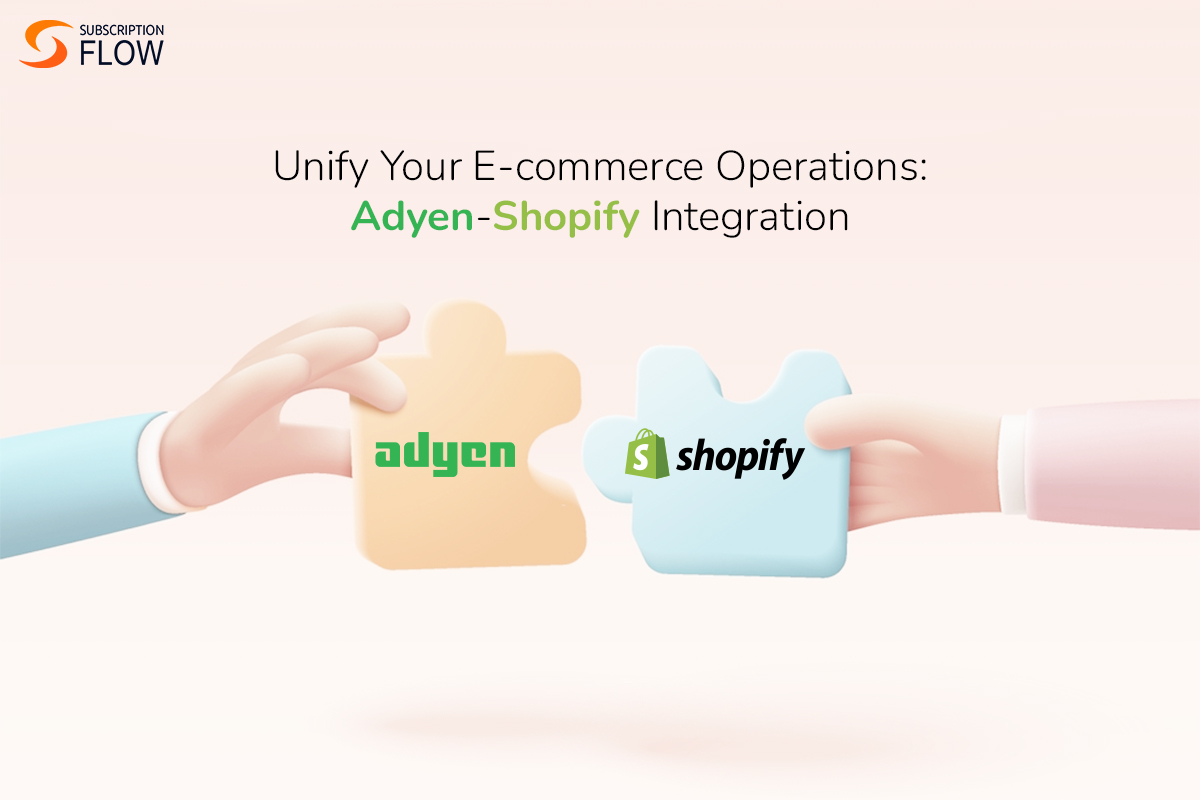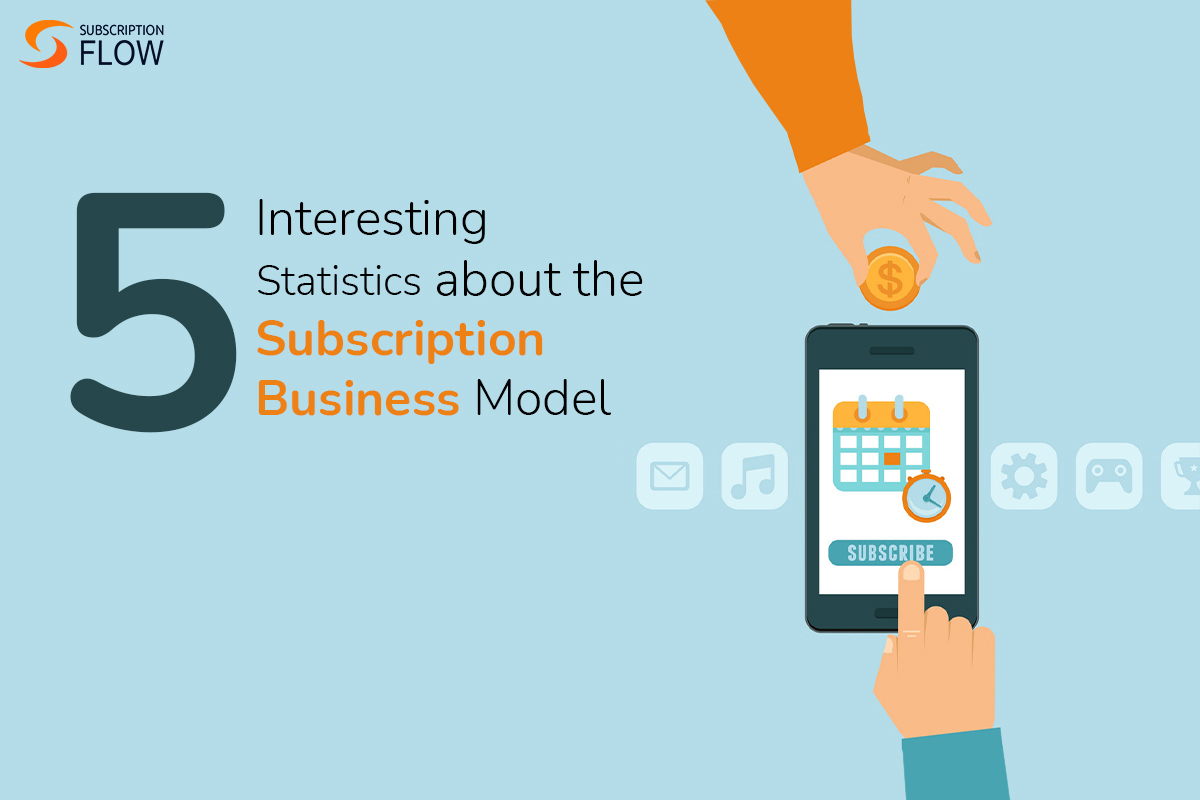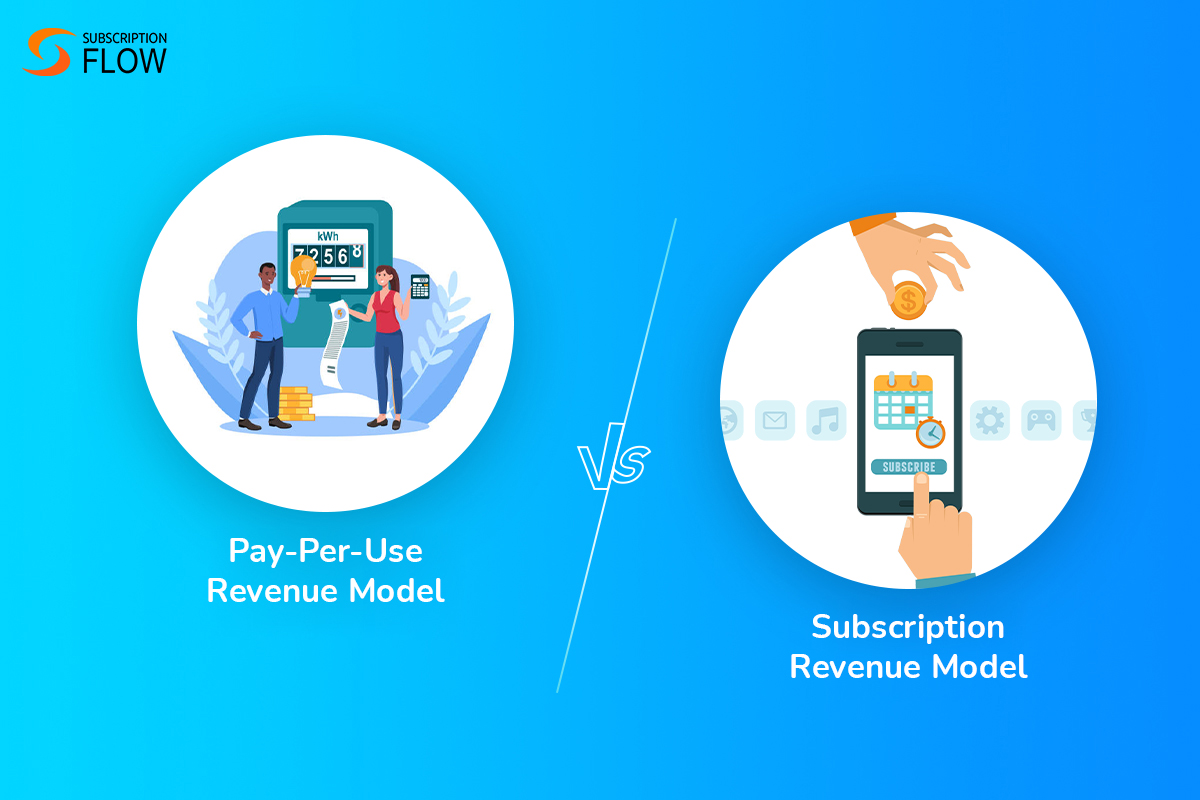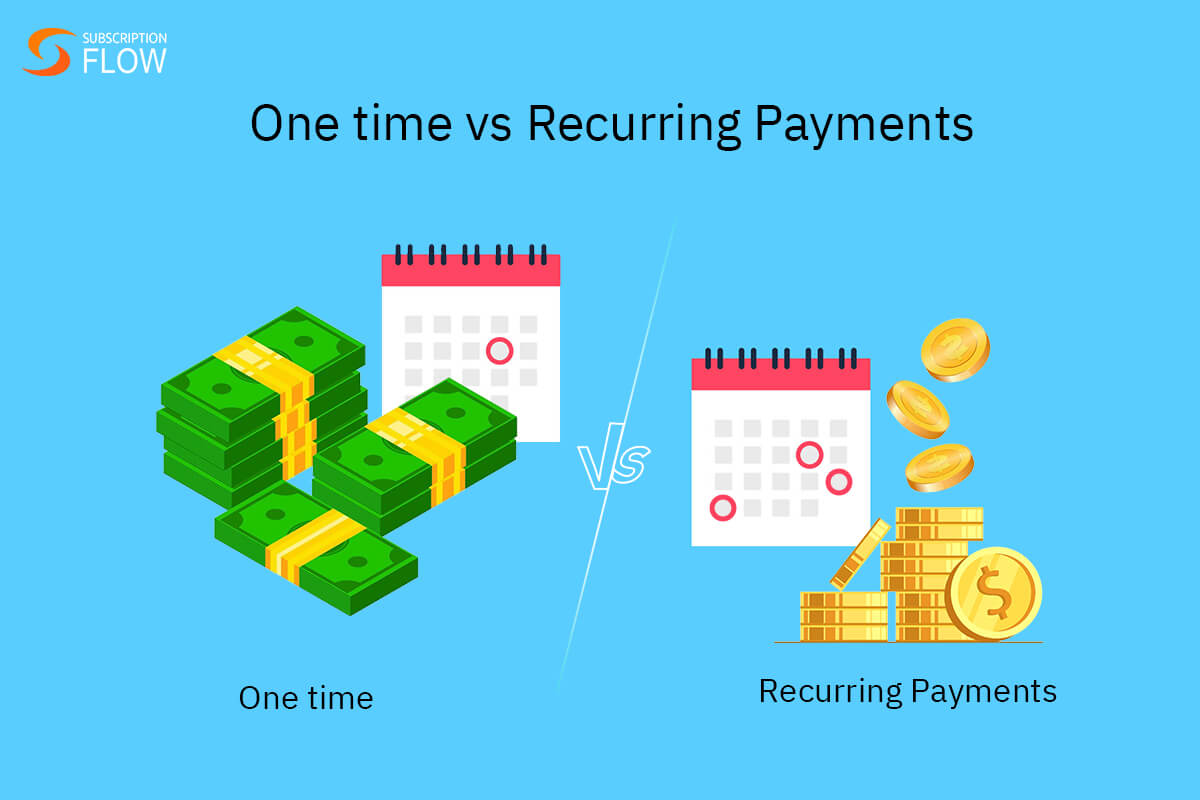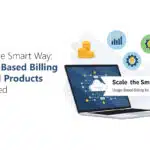
Subscription vs One Time Purchase: Deciding Which Revenue Model is Best for You
Subscriptions promise recurring revenue, while one-time purchases promise simpler operations. Both have their own perks, as well as shortcomings and implementation challenges. So how do you decide upon the right model for your business? This blog will address that in detail.
After all, implementing the appropriate model is monumental to the success of your revenue strategy. We’ll also discuss how businesses can balance both these payment models to arrive at a viable middle point.
How do One-Time Purchases Work?
In the one-time purchase model, customers are required to pay once, and then keep the purchased product indefinitely. Once a product or service is purchased, the business steps backs, as the customer assumes full ownership of it. In other words, the product becomes the customer’s personal property. And customers are not required to maintain any ongoing relationship with the business post-purchase. It’s just a one-off transaction.
This model is widely used all over the world, and the goods sold range from everyday essentials to technical equipment and online services. Examples of online services include software licenses, e-books, in-app purchases and digital courses
How do Subscriptions Work?
Subscriptions stand in sharp contrast to one-time purchases. Whereas one-off transactions don’t necessitate an ongoing relationship between a customer and a vendor, subscriptions do. Subscriptions activate a recurring payment arrangement for customers. Customers pay according to the agreed terms, on the agreed timings, and continue enjoying access to a service or product.
In this model, customers don’t get the full ownership of a service. Rather, they get paid access. As long as they keep paying, they keep utilizing the service. Once they decide to cancel, they can walk away without any lingering liabilities.
Examples of this model include SaaS offerings, physical goods assortment i.e. subscription boxes, streaming platforms (like Spotify), meal-plans, and memberships.
Subscription vs One Time Purchase: Benefits & Challenges
Here’s an assessment of both models by their benefits and challenges. Go through the following points to know where one model gains an edge over the other, and where it lacks.
Benefits of One Time Purchase Model
- Immediate revenue
When a product is purchased and the transaction is finalized, immediate revenue flows into the business’s account. In simpler words, the business can immediately consider the revenue as earned. Payments don’t have to be sorted in the deferred revenue category first (as the rules of revenue recognition require).
Hence, no liabilities for the business are created. Moreover, whenever a service is purchased, it’s purchased in full. Meaning, businesses can earn all their revenue upfront without waiting for future billing cycles to recoup costs.
- Simple for both customer and business
It’s a model fully understood by customers. They know that they get complete and unlimited access in exchange for full payment. Meanwhile, businesses also benefit from this simplicity. There is no recurring payment schedule they need to manage, no need to implement complex billing models, and no responsibility for activating and re-activating service access. Everything is simple and straightforward.
- Customer ownership
Customers can immediately assume product ownership after successful transactions. Because they get to own the product, they feel fully in control. Subscriptions, on the other hand, can make consumers feel more controlled than in control, and not everyone gets happy about that.
- No lasting financial commitment
Customers are free from any long-lasting financial commitments. They buy once, and that’s it. They are not asked to make payments again or required to interact with the business for utilizing their products. Customer support remains necessary, and product warranties still exist, but there is no financial liability burdening the consumer.
Benefits of Subscription Model
- Predictable revenue
Businesses can forecast their revenue numbers for a certain period, such as a month. This forecast is based on the number of subscribers they have, and the plans they are subscribed to. This predictability helps in forming better business decisions, setting realistic financial targets, and managing operational expenses.
- Higher customer CLV
In the one-time payment model, a customer generates only a fixed amount of revenue, and that too only once. The business can’t know for certain whether that customer will buy from it ever again or not.
On the other hand, subscriptions turn customers into recurring revenue sources. The longer a subscriber stays with you, the more revenue you can generate from them. This brings us to the concept of customer lifetime value, where customers with longer subscription lifetimes drive more revenue growth.
- Rich consumer insights
Since customers stay with a business long-term, it gives the merchants a great opportunity to study them better. They can evaluate their preferences, expectations, buying behaviors, service favorites, feedback and more. These insights fuel continuous service improvement, as businesses seek to increase customer satisfaction.
- Customer convenience
Subscriptions tend to be more convenient than one-time purchases because they prove less expensive. And also because they automate charges. A subscription may be less expensive in the sense that it lowers the entry barrier for new joiners.
Users don’t pay for entire services in full as that would result in significant expenses. So instead, they pay in small chunks, and their payments justify their service durations. They can simply pay more to prolong this duration, and easily leave if they don’t want to continue.
Moving onto the drawbacks now:
Challenges of One Time Purchase Model
- Unpredictable revenue
Revenue can fluctuate wildly. Businesses might do better in some seasons as compared to others. That’s because there is no stable customer base to rely on.
- No ongoing relationship
Customers might not purchase from a business more than once. So there’s no definite and lasting relationship between a buyer and a merchant that can be fully relied upon.
- Higher acquisition costs
Businesses have to spend a great deal on marketing and acquiring more and more customers. They also have to invest in re-attracting old customers so that they become loyal buyers and purchase repetitively. There’s no definite customer retention they can enjoy.
- More expensive upfront purchases
Some things are too expensive to buy upfront, and not everyone can afford them. For example, one-time user licenses to enterprise-level SaaS products. Or security and alarm equipment available for full ownership.
Challenges of Subscription Model
- Churn risk
Subscription businesses can’t escape the risk of churn. Early churn is especially damaging as it doesn’t allow the business to fully recover the costs of running its services. And if most of the customers cancel early, there’s significant revenue that the business loses.
- Complex operations
Operations are not straightforward like in the one-time payment model. Businesses can’t rely on manual practices and expect significant growth. They need to invest in good subscription management software that handles their billing cycles, service access and customer data.
- Customer retention pressure
Retention is a must. Without retaining customers, businesses can’t gain the full benefits of this model. In fact, the subscription model loses its essence without that. So there’s always a customer retention pressure, and for good reason. Because otherwise, healthy recurring revenue becomes unachievable.
- Market saturation
Since the subscription industry is booming, competition is growing every day. Established subscription businesses are focusing on maximizing customer retention so that customers don’t switch to their competitors instead. For startups, it’s challenging to take root and thrive in this environment, and they require deeper strategic capacity to succeed.
How to Decide between Subscription Vs One Time Purchase Models
Now addressing the core concern: how to know which payment model sits right with your business? To reach a decision, keeping these factors in mind is important:
- Your product type
Often, your product type indicates which revenue model you should adopt. Hardware services, and physical product stores can choose the one-time purchase model if their products don’t need to be under constant maintenance that only they can offer.
On the other hand, SaaS businesses, and others with cloud-based services fit the subscription model better. That’s because they facilitate ongoing access, and need a permanent connection with the business for ongoing improvement.
- Customer expectations
Because subscriptions are growing in popularity day by day, they are being adopted by various industries. This is further shaping customer expectations, as customers are looking forward to flexible service access in exchange for reasonable fees. They don’t need to buy everything in full.
Nevertheless, there still are customers that demand simpler payments, and like being in full control of their products. Businesses need to understand their target audience’s expectations around their offerings to decide upon a payment model in this case.
- Revenue predictability needs
Do you need a steady revenue stream, or are you comfortable with cash flow spikes? The answer again depends upon your business strategy and the nature of your offerings. In any case, subscriptions strengthen payment predictability, while one-off purchases bring instant but highly fluctuating cash.
- Growth goals
Subscriptions facilitate smooth scalability as subscription management platforms help strengthen customer relationships, and optimize revenue streams overtime. On the other hand, one-time purchases can stall growth if new customers aren’t acquired consistently, or if the previous ones aren’t re-engaged. Businesses can choose their battle according to how they imagine their growth.
How SubscriptionFlow Helps You Meet in the Middle
What if a business seeks to get the best of both worlds—revenue predictability from subscriptions and flexibility that customers expect from one-time purchases. SubscriptionFlow welcomes you to the concept of hybrid revenue models.
It offers elite subscription management and AI-powered billing for operating subscription cycles. And also lets you tie one-time purchases to customer accounts. So customers can benefit from steady subscriptions as well as occasional one-off transactions like in-app purchases and special upgrades.
This way, businesses can maintain foreseeable streams of cash, and also earn additional and immediate revenue by selling one-time products.
Thinking about subscription or hybrid models? SubscriptionFlow might be the management solution you need. Book a demo and discover how it helps businesses like yours.


